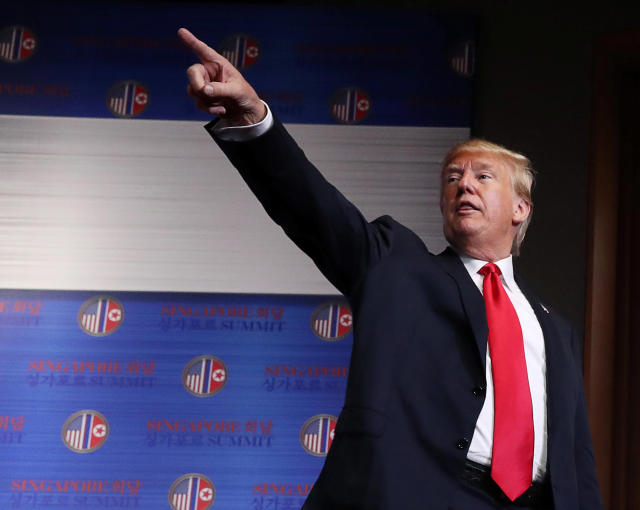
Will Bitcoin Make It?
Posted In: Alternative Investments, Portfolio Management
Questions still surround bitcoin. After all, the digital currency experienced wild highs and outrageous lows in 2018 — its value has risen above US $19,000 and sunk below $6,000 per coin. The first question might be which version of bitcoin to focus on.
Besides bitcoin’s initial incarnation, there are the products of bitcoin’s various hard forks. Bitcoin Cash, for example, was created in August 2017, Bitcoin Gold in October 2017, and Bitcoin Private earlier this year.
Which one should you care about? All of them? None of them? Does it matter?
These hard forks mean that merchants must decide which forms of bitcoin to accept as payment and whether they need to quote their products in the different prices. What if a dozen versions of bitcoin are created? Will merchants quote prices for and accept payment in all 12?
Could bitcoin dilute itself into oblivion, with a hard fork for every Tom, Dick, and Harry with a pet interest? And how are these splits affecting the bitcoin project as a whole?
And bitcoin is just one cryptocurrency. At present, there are well over 1,000, and at least 39 digital currencies have achieved a market cap greater than $1 billion. What happens when one experiences an inflationary coup d’état in which 51% of the owners vote to expand the number of coins?
Maybe all cryptocurrencies will go to zero. Warren Buffett famously called bitcoin “a mirage.” Jamie Dimon, CEO of JPMorgan, termed it “a fraud.” Agustín Carstens, general manager of the Bank for International Settlements (BIS), described cryptocurrencies as a combination of “a bubble, a Ponzi scheme and an environmental disaster . . . neither a good means of payment, nor a good unit of account, nor are they suitable as a store of value.”
Many in the media are calling crypto a speculative bubble:
- “If Bitcoin Is a Bubble, The ‘Panic’ Stage Is Near” (MarketWatch)
- “Bitcoin’s Bubble Is Bursting. How Low Will Prices Fall?” (Forbes)
- “Bitcoin Is Worthless, Bubble May Pop Soon, Allianz Global Says” (Bloomberg)
Nevertheless, prominent advocates remain, and Morgan Stanley, Goldman Sachs, the New York Stock Exchange (NYSE), and even Dimon’s JPMorgan have all been dipping their toes or diving in to the space. Some have developed cryptocurrency trading products. Fidelity Investments recently announced the creation of a digital asset exchange for the retail market. So there seems to be some dissonance between public critique and private investments. These companies are investing in the future of bitcoin and cryptocurrencies.
Maybe a classic shakeout is required that culls most cryptocurrencies from the herd, but leaves a select few survivors that add something special to the marketplace. That’s what Michael Novagratz, formerly of Fortress Investment Group, seems to expect. He says crypto is now in a “speculative mania phase” that will end with a grand crash, one that, like the bursting of the dot-com bubble, will exact a considerable toll but help create a more mature and viable sector.
Those investors who have come to terms with cryptocurrencies and accepted them on a conceptual level must now deal with the realities of owning them. Portfolio managers and advisers have to address the practical questions for their flesh-and-blood clients. How might these investments behave in a portfolio? Do they most closely resemble currencies, hedges, or alternative assets?
And investors must contend with the existing uncertainties and risks presented by the current economy and fiat monetary system. The simultaneous convergence of opportunities and risks means that implementing a cryptocurrency strategy requires vigilant stewardship.
It is a hard puzzle to solve. But there are resources to which to turn. At the upcoming 63rd Annual Financial Analysts Seminar (FAS) in Chicago on 23–26 July 2018, George (Yiorgos) Allayannis of the Darden School of Business at the University of Virginia will examine these issues in his presentation, “Case Study: Bitcoin — Investment or Illusion?”
Of course, if you can’t make it, the pseudonymous Satoshi Nakamoto, the creator of bitcoin, may have a new book in the works. So, keep an eye out for that.
If you liked this post, don’t forget to subscribe to the Enterprising Investor.
All posts are the opinion of the author. As such, they should not be construed as investment advice, nor do the opinions expressed necessarily reflect the views of CFA Institute or the author’s employer.
Image credit: ©Getty Images/ KeremYuce







